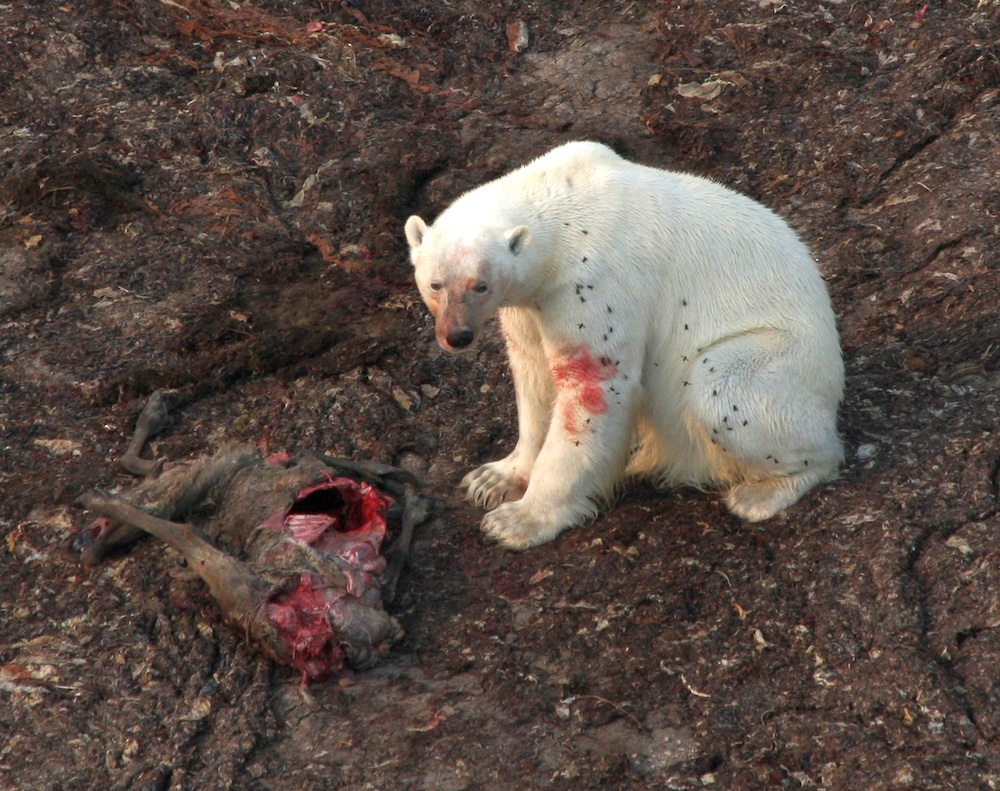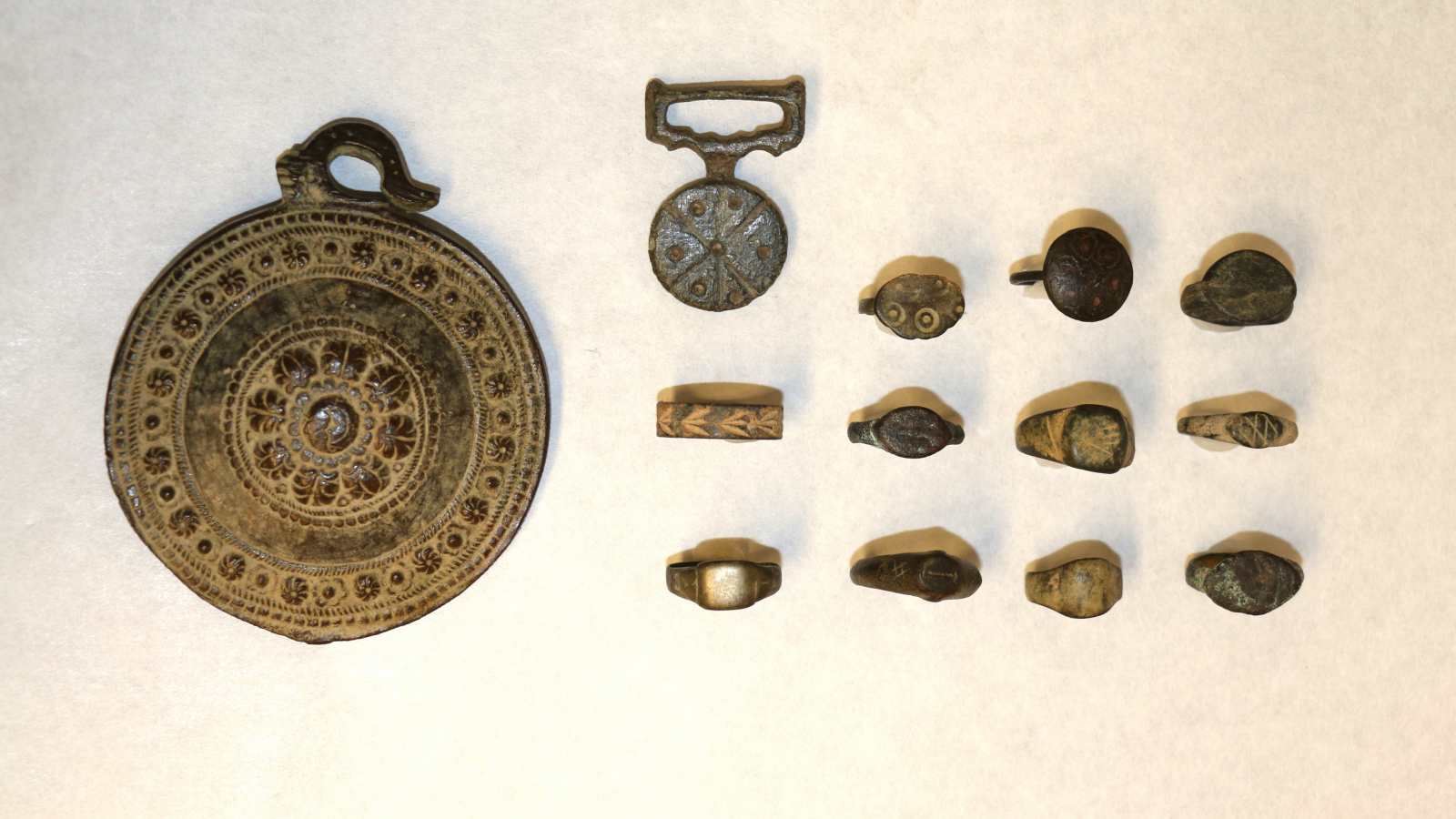
Polar bears have shifted to a diet of more land-based food in response to climate change and melting sea ice in the Arctic, new research finds.
The results suggest that polar bears, at least in the western Hudson Bay area, may be slightly more flexible in the face of climate change than previously thought.
"We found they were eating more of what is available on the land," including snow geese, eggs and caribou, said study co-author Linda Gormezano, a vertebrate biologist at the American Museum of Natural History in New York.
Still, it's not clear that this foraging strategy can offset the negative impacts of climate change, with one scientist saying it is unlikely to make a difference for polar bear numbers.
Preferred diet
Polar bears rely heavily on seals and other marine mammals for food. The white bears wait at gaps in the sea ice for their blubbery prey to surface, then pounce, according to the nonprofit conservation organization Polar Bears International.
When the sea ice melts, polar bears come ashore and eat a variety of foods, including mushrooms and berries, in addition to snow geese and other animals. [See Images of Polar Bears Feasting on Prey]
Get the world’s most fascinating discoveries delivered straight to your inbox.
But global warming has reduced Arctic sea ice extent, especially in the late spring when polar bears fatten up on seal pups before moving to land. As a result, the U.S. Endangered Species Act has listed the majestic beasts as a threatened species, and the International Union for Conservation of Nature lists them as vulnerable.
Flexitarians
In a 2013 study in the journal Polar Ecology, Gormezano and her colleagues took video of western Hudson Bay polar bears and caught them chasing, killing and eating snow geese.
Then, in a second 2013 study in the journal Ecology and Evolution, the researchers compared polar bear scat from modern times with an analysis conducted from 1968 to 1969, when climate change hadn't dramatically affected the habitat.
Back then, the scat contained fewer snow geese remnants compared to modern times, and the modern scat contained caribou and goose eggs not found in earlier specimens, suggesting the polar bear diet had changed.
That change occurred, in part, because melting sea ice has brought the polar bears ashore earlier. As a result, "they're starting to overlap the nesting periods of lesser snow geese," giving the bears an opportunity to dine on the birds' eggs, Gormezano told LiveScience.
"We can't say for sure that the amount of calories in this food will compensate for lost seal hunting opportunities." Gormezano said. "But it shows that [the polar bears] are flexible and they can change their behavior."
The bears have also taken advantage of a caribou bonanza: Surveys in the research area in the 1960s found about 100 caribou, whereas nowadays there are between 3,000 and 5,000 Gormezano said.
Long-term outlook
Despite the advantages it brings, the bears' flexible foraging is unlikely to save them from climate change and disappearing sea ice, said Steven C. Amstrup, a researcher with Polar Bears International, who was not involved in the study.
"Some of these things could buy some individual bears a bit more time. But the bottom line is that there is no evidence that any alternate foods will benefit polar bears at the population level," Amstrup told LiveScience.
Even now, the shore environment only has enough food to support the smallest grizzly bears at a low population density, Amstrup said.
"What logic would suggest that we could force whole populations of the largest bears in the world into habitats that currently support only small numbers of small bears?" Amstrup said.
Follow Tia Ghose on Twitterand Google+. Follow LiveScience @livescience, Facebook & Google+. Original article on LiveScience.

Tia is the editor-in-chief (premium) and was formerly managing editor and senior writer for Live Science. Her work has appeared in Scientific American, Wired.com, Science News and other outlets. She holds a master's degree in bioengineering from the University of Washington, a graduate certificate in science writing from UC Santa Cruz and a bachelor's degree in mechanical engineering from the University of Texas at Austin. Tia was part of a team at the Milwaukee Journal Sentinel that published the Empty Cradles series on preterm births, which won multiple awards, including the 2012 Casey Medal for Meritorious Journalism.


